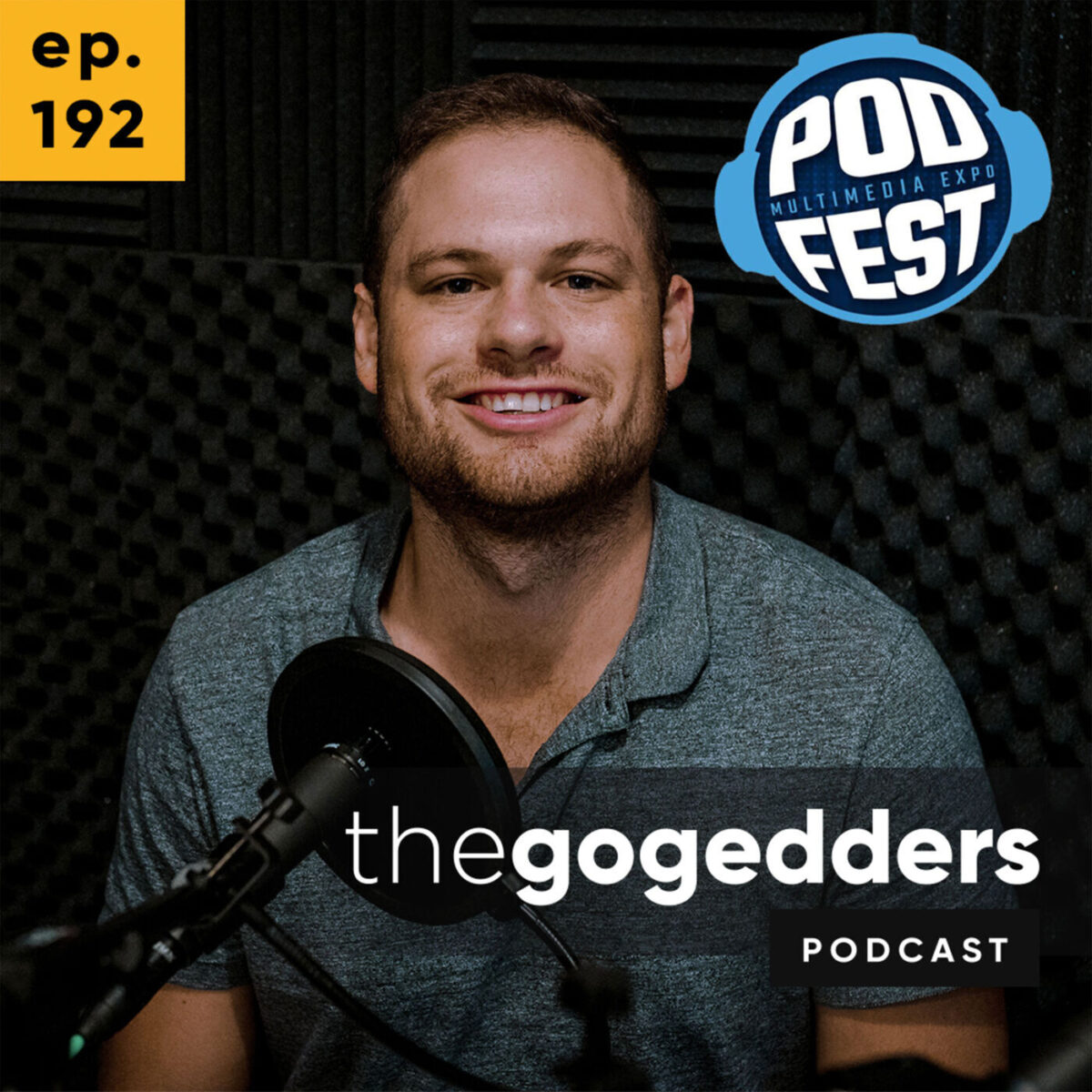Podcasting is a rapidly growing form of media that presents unique opportunities for both individuals and businesses. But what are these opportunities? How can you make money through podcasting when you’re just starting out or aren’t interested in paid advertising? In this episode, I answer this and more.
This past May, Podfest invited me to speak on how one can effectively monetize a podcast and to share how I’ve managed to grow and monetize my podcast, The GoGedders, to over 220,000 downloads in three years and generated over seven figures for GGMM. So, whether you currently have a podcast or are curious about the benefits of starting a podcast for your business, you’re sure to learn some key insights. So tune in and discover the top four ways to monetize your podcast.


